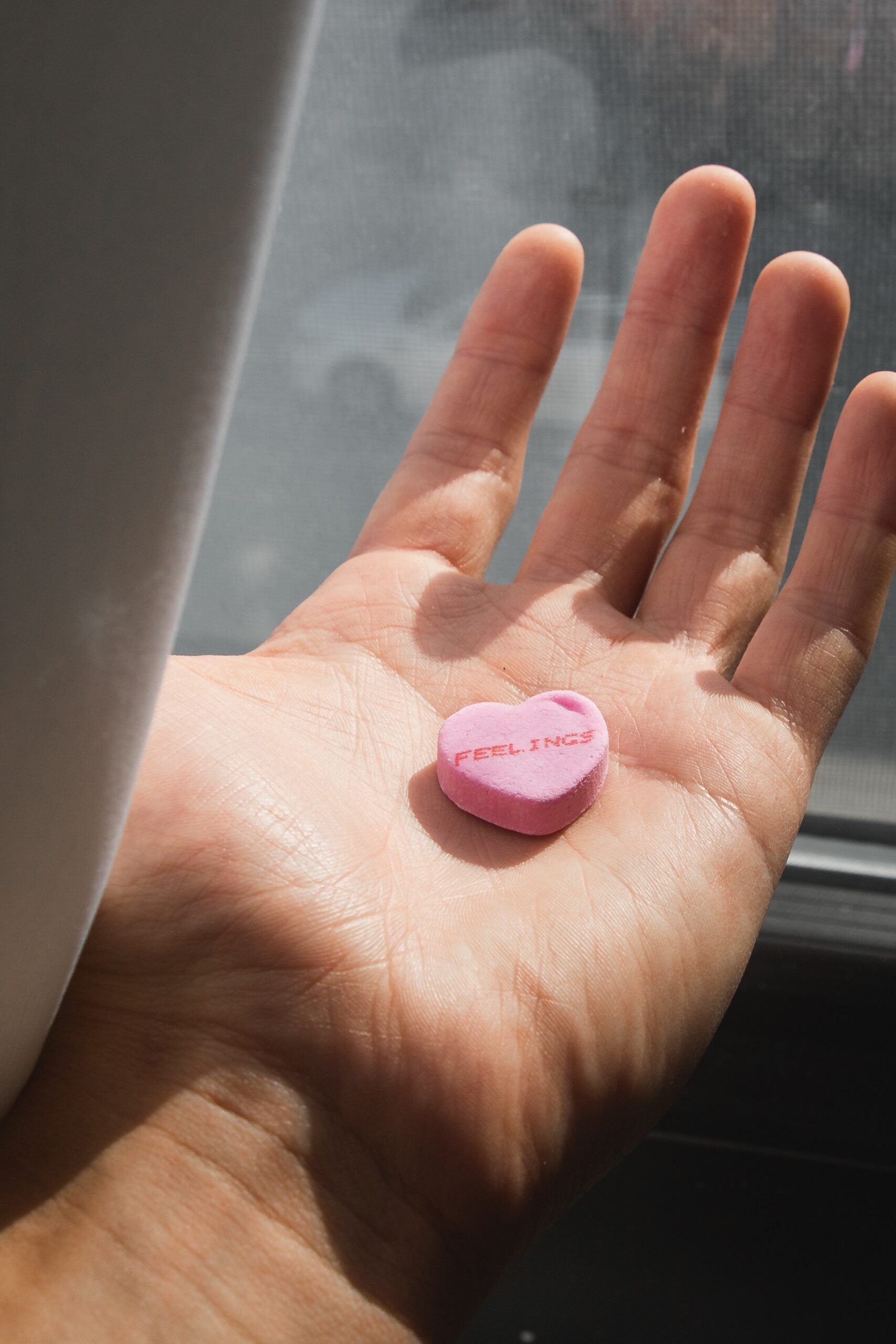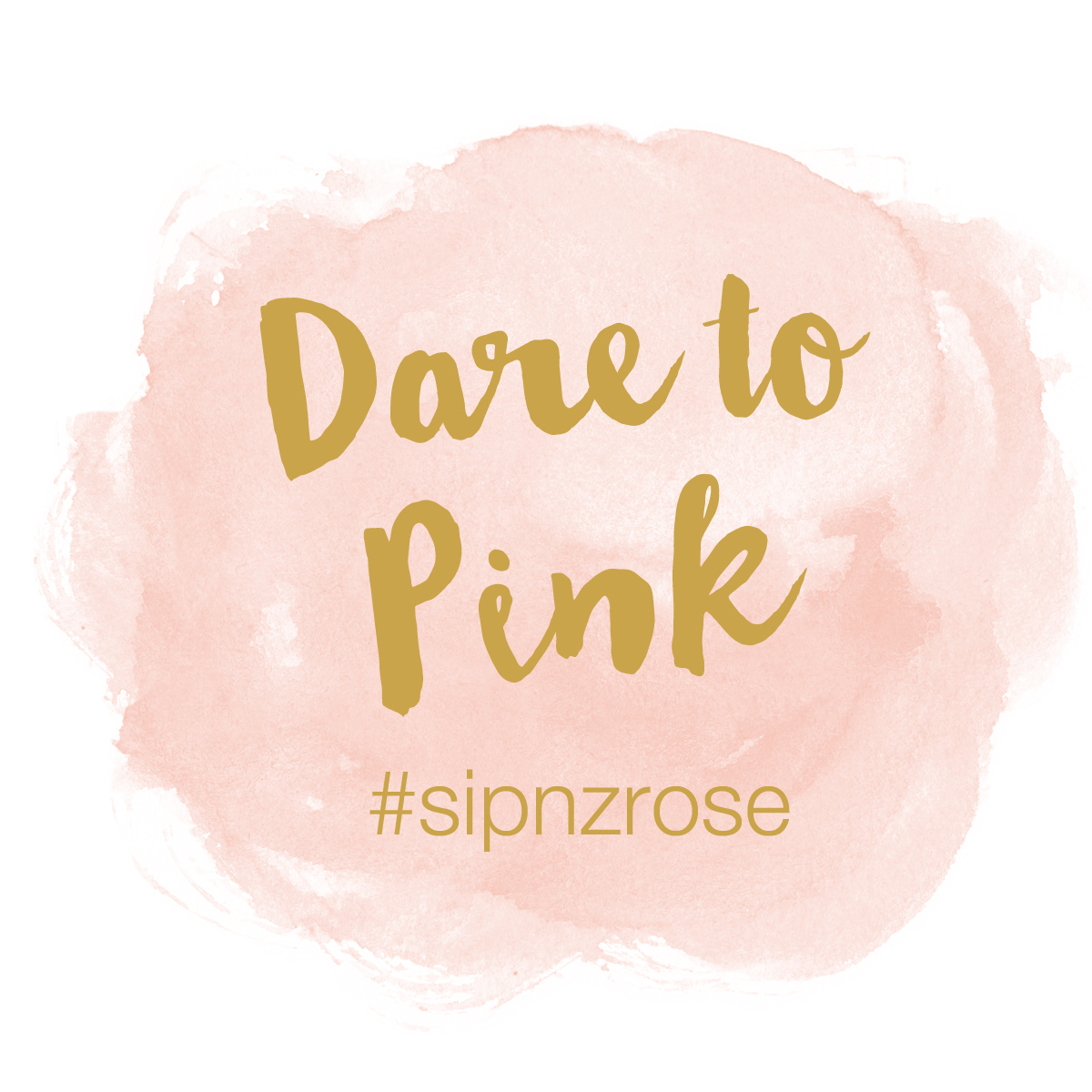The first thing we do out of the womb is express sadness and anger from the pain and separation of leaving our safe home of the last nine months.
By the time we are age seven, we’ve learned and expressed a wide range of emotions, including tantrums. Those tantrums were extremely important to help us have a larger emotional range as an adult and not be so reactive as we go through life.
Over this same phase in our life we are a sponge for information and experiences, and gathering information from our surroundings on how to act in the world. If, at this time, we see a lot of anger, that emotion can sometimes feel unsafe. We can learn to develop strategies to cope and keep us safe, like running away, freezing up or guarding ourselves ready to fight at any moment.
If we saw a lot of sadness we may experience extreme empathy or the complete opposite. Or if we didn’t experience seeing our parents show much emotion? That too can affect how we view the outside world as adults. Maybe we see others as out of control when they do express emotion easily.
We can store emotion in the body from even when we are inside the womb and from our birth. Throughout life, our experiences where we don’t fully express emotions can affect our entire body by being trapped in our cellular memory. Dense energies vibrate a frequency in the body and when this frequency gets too low dis-ease has the perfect environment to thrive. We can get ill in places where the energy has chosen to sit dormant in our body and that can create pain.
What makes us suppress emotion:
- When our mind talks us out of feeling the way we do in order to gain control and not fall in a heap on the floor. When we feel we don’t want to let everyone around us down.
- When we are isolated at the time of the event with no safe space to express.
- When we have never experienced something similar before we may have trouble to connect to the experience. It may be a shock situation.
Here are some feelings that we as humans often experience: anxiety, disgust, grief, criticism, feeling unsupported, unsafe, overwhelmed, worthless, helpless and conflicted. All of this needs to be expressed in healthy safe ways to help you vibrate at higher frequency where you attract lighter emotions such as joy, bliss and contentment.
The great thing about life is it is one big play to help you experience situations to help this process. This process naturally unfolds before our eyes to give us opportunities, so we don’t need to constantly be searching for what is “wrong with us”.
When a feeling of disconnection comes up we can be mindful and just by sitting quietly with it, you may be able to name it. Maybe you may need help with this?
One thing that the mind sometimes does is take your awareness outside the body to shift awareness onto something else as that feels safer, like addictions or distractions towards some easier path than facing the core root of your behavioral patterns and conditioning. Being able to express emotion takes being in the body, so breathing into the belly, touching the body with your hands, feeling your bare feet on the earth are all things to bring you back, to be able to locate where the emotion sits in the body. When you feel where it is sitting in the body, delve into it. Not the story that the mind is playing out. Awareness will come which is great, but for now, just surrender to how you feel in your body.
Now “e-motion” is just energy in motion, it needs to shift through the body. Movement is essential to move stale energy through the body to where it can release. Try to resist the urge to stay still when you are processing emotion. Allow even the smallest motion, whether it’s a hand movement or slightly moving the hips or legs, until maybe the movement gets bigger and turns into a dance.
I wish you the courage to face the emotions that you have been avoiding through your chosen addictions and habitual behaviour. You are worthy of so much joy and abundance, that comes from facing and overcoming the fear of feeling pain.





